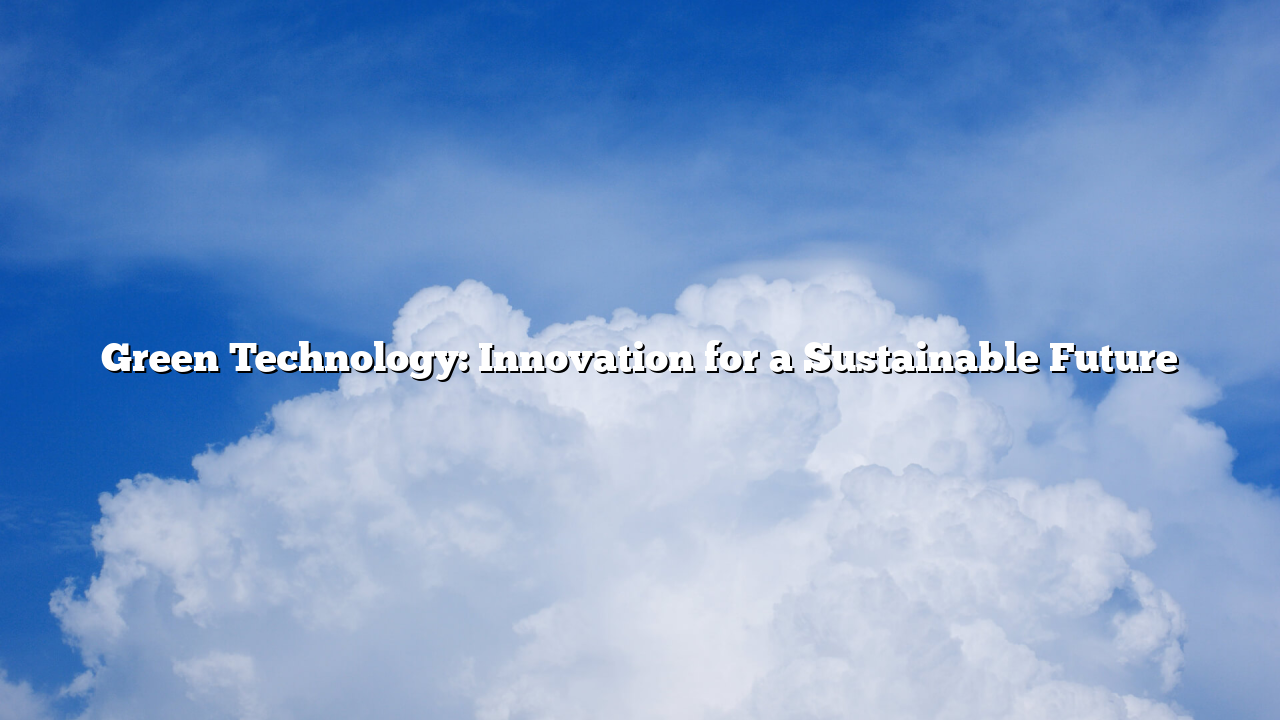Climate change is one of the greatest challenges of our time, and technology is playing a vital role in finding solutions. Green technology, often referred to as “cleantech,” involves innovations designed to reduce environmental impact while promoting sustainable growth. From renewable otpklik daftar energy to waste reduction, green tech is reshaping industries and lifestyles.
Renewable energy is at the forefront of this transformation. Solar, wind, and hydropower are rapidly replacing fossil fuels, driven by declining costs and government incentives. Advances in battery storage are solving the intermittency problem, allowing renewable energy to be stored and used when demand peaks. Electric vehicles, powered by these cleaner sources, are also gaining traction, reducing emissions from transportation.
Smart cities represent another application of green technology. Using IoT devices, cities can monitor energy usage, optimize traffic flows, and manage waste more efficiently. For example, smart grids balance electricity supply and demand in real time, reducing energy waste and lowering costs. Green buildings, designed with sustainable materials and energy-efficient systems, also contribute to reducing carbon footprints.
Agriculture is also benefiting from green technology. Precision farming uses drones, sensors, and AI to monitor soil conditions and crop health, reducing water and fertilizer usage. Vertical farming, which grows crops indoors under controlled conditions, minimizes land use and eliminates the need for harmful pesticides.
However, green technology faces challenges, including high initial costs and resistance from industries dependent on fossil fuels. Government policies, subsidies, and international cooperation will play a crucial role in accelerating adoption.
In summary, green technology represents hope for a sustainable future. By embracing innovation and shifting toward renewable solutions, societies can combat climate change while fostering economic growth.
